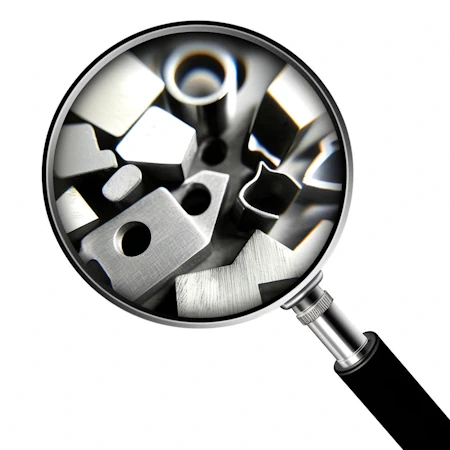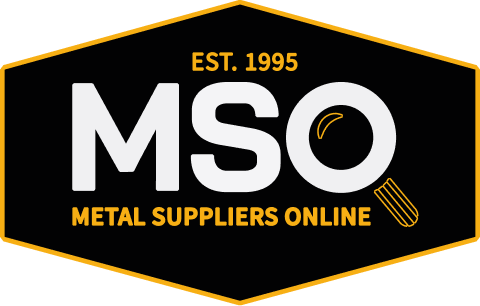Back To Browse
Refractory Alloys
Refractory Alloys Niobium
Annealing Procedure
Heat thoroughly at 1200 C in inert gas or vacuum at pressure below 1 x 10 -4 Torr. For stress relieving, 800 C is the recommended temperature.
Applications
The largest user of niobium was and is the nuclear power industry, however the alloy has successfully been employed in a variety of other applications including jet engine components. It is commonly used as an alloying element in many of the high temperature superalloys.
Cold Workability
Niobium possesses excellent cold working properties and can be forged rolled or swaged from ingot at room temperature.
Forgeability
Niobium can be cold forged from ingot at room temperature.
Formability
Niobium, because of its low work hardening rate can readily be formed, spun and stamped, although great care must be taken with lubrication.
Heat Treatability
See annealing.
Machinability
In general, niobium has a strong tendency to gall. It is recommended to use high speed tooling with good lubrication. The material turns very similarly to soft copper or lead.
Principle Design Features
Niobium (also occasionally called Columbium) is a relatively light metal that maintains high mechanical properties at extreme temperatures. Niobium is extremely similar in many ways to Tantalum. They were discovered almost simultaneously and many metallurgists feel that many applications employing tantalum could be more cost effectively dealt with by using niobium.
Weldability
TIG welding is the preferred method for niobium, with a few notable modifications. The weld pool must be covered with inert gas both on the face and back of the weld area.
Known Forms
Bar-Hollow
Flat Bar
Foil
Forgings-Discs
Hexagon Bar
Open Die Forgings
Pipe-Seamless
Pipe-Welded
Plate
Plate-Clad
Powder
Round Bar
Seamless Rolled Rings
Sheet
Sheet-Perforated
Shim Stock
Square Bar
Strip
Tube-Rectangular
Tube-Round (Seamless)
Tube-Round (Welded)
Tube-Square
Wire Cloth
Wire Mesh
Wire-Flat
Wire-Round
Billet
Coil
Contour Rings
Gauze
Granules
Mandrel Rings
Ribbon
Shafts
Shapes-Extruded
Single Crystal
Slug
Tube-Hexagonal
Tube-Octagonal
Turnings
Welded Rings
Additional Data
Specifications
B391,B392,B393,B394,R04210Dismiss
Physical Properties
Melting Point: 2468°F
Specific Heat: 0.832BTU/lb·°F
Thermal Expansion: 7.1µin/in·°F
Mechanical Properties
Poissons Ratio: 0.38
Find the metal you're looking for today.

